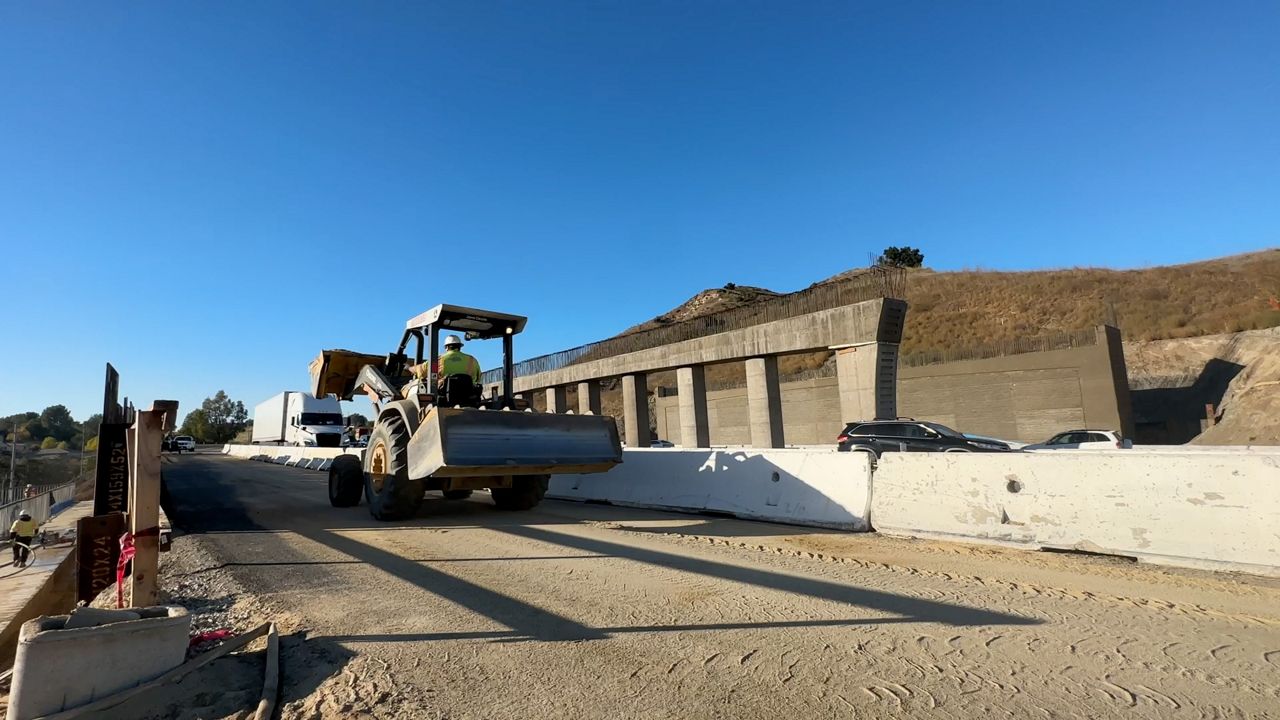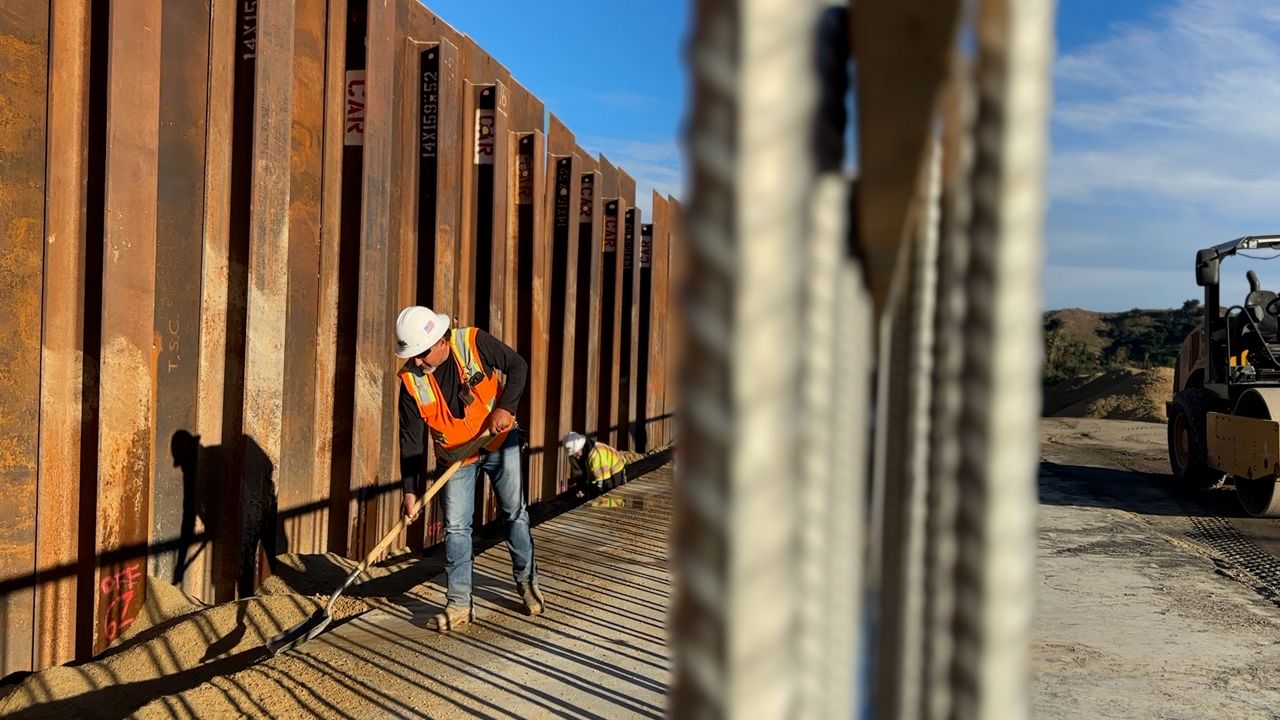LOS ANGELES — Bulldozers and conservationists don’t always go hand in hand, but in this case Beth Pratt is making an enthusiastic exception.
“This is one of the few times we like bulldozers,” she laughed.
Pratt spent a decade working on the Save LA Cougars campaign, doing the legwork to get funding for an unprecedented project. When completed, it will be the largest wildlife crossing in the world, spanning the 101 near Liberty Canyon. Every year she walked the walk, collar and all, following the footsteps of her beloved P-22 — the intrepid mountain lion who became the campaign’s ambassador.
So far the campaign has raised $108 million dollars, but even as recently as just five years ago, she was lying awake at night at her home near Yosemite, wondering just how she would get there.
“How do I get from 10 million to 100? I don’t know,” she recalled thinking, but she never lost hope. “I knew we had to get there. So I guess that was the assumption, you know, I just kept working with and never giving up.”
The game changers, Pratt says, came in 2019 when Wallis Annenberg gave a $25 million grant to the National Wildlife Federation — an infusion that spurred further support, including millions from the state. As a result, the project was able to break ground in 2022 instead of the original estimate of 2025.
That’s why, amid all the beauty of the Santa Monica Mountains, a massive construction site has become Pratt’s favorite view.

“It’s almost indescribable,” she said. “When I drive by or a lot of the time, what I’ll do is park and watch, you know, the construction. It’s pretty amazing to see that this idea, this visionary idea that the National Park Service scientists said we needed to do, is happening. I mean, that is conservation in action.”
And that action is ramping up. Michael Comeaux is the Public Information Officer Caltrans District 7. He says in the “very near future” roughly 80 enormous girders will be placed atop the pillars spanning the freeway.
“And then the actual bridge or crossing will be built on top of all of these girders,” he explained, “so this is a monumental amount of concrete reinforced with steel.”
It’s rare, he points out, that Caltrans works on a project that isn’t meant for vehicles, but it’s something they will be doing more of.
“It’s apparent that reconnecting this vital wildlife habitat is a very important historic undertaking,” he said. “[This crossing] will help guide future decisions about how to provide for the needs of wildlife in infrastructure projects.”
In fact, it already is. In October 2022, Gov. Gavin Newsom signed a law that requires the agency to prioritize wildlife crossings when building roadways. The Safe Roads and Wildlife Protection Act is intended to both reduce collisions between cars and animals and also enhance connectivity. Building the 101 fractured the landscape, Pratt says, turning the Santa Monica Mountains into an ecological island where genetic isolation and inbreeding are already having an effect on the local mountain lion population.
“Islands are we’re species go to die,” Pratt said, “and we made the Santa Monica Mountains an island. And so this is reconnecting it ecologically to the rest of the world. And we know we need that can ecological stitch for the Santa Monica Mountains to be resilient and thrive.”
Her work isn’t over. It’s a promise she made to P-22, whose face is tattooed on her left shoulder.
“You know, when I got to sit with him the day before he died, which was…one of the most profoundly sad moments of my life,” she recalled, “I told him we would not stop and I’m going to honor that promise.”
To that end, the National Wildlife Federation just launched the P-22 Legacy phase of the Save LA Cougars campaign — to raise the additional $15 million needed to finish the final aspects of the Wallis Annenberg Wildlife Crossing and fund some other connectivity projects.

“My moral compass is these mountain lions and wildlife and how to ensure that we right these great wrongs that we did in you know, almost banishing them from the landscape,” Pratt said.
The project is expected to be completed by late 2025, early 2026, the latest. If you think Pratt gets emotional now, she says, just wait until those first creatures finally cross.
“Boy, that’s gonna be…I will just be weeping tears of joy,” she said.
The foundation is being laid now, but Pratt is looking forward to the not too distant future when she will drive on the 101 Freeway knowing there could be a mountain lion passing overhead or a fox family frolicking above the freeway — her wildest wildlife dream come to fruition.



